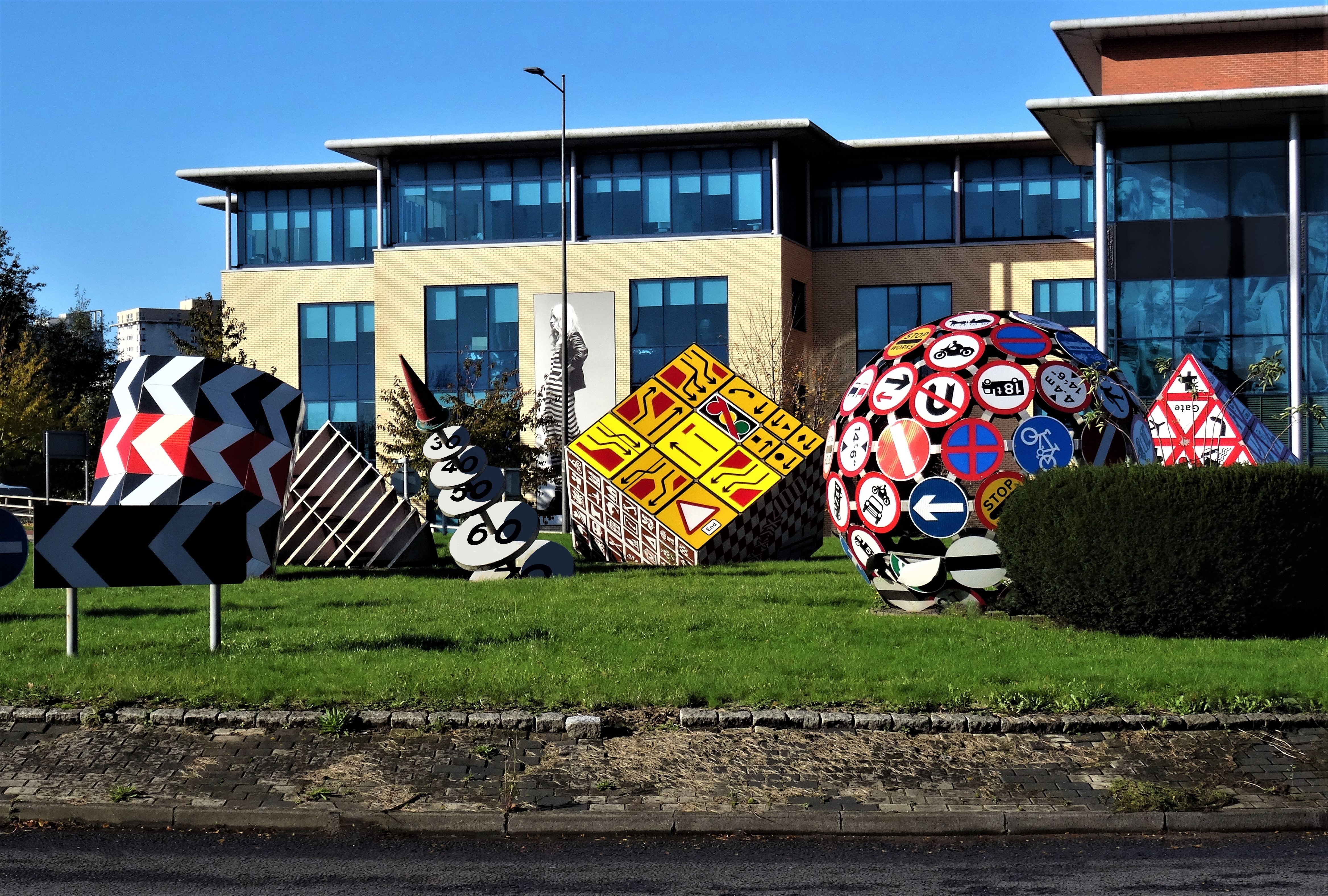
Traffic management is underappreciated right up until the moment we’re stuck in a never-ending jam or encounter a poorly-designed car park. Urban planning and traffic management develop in tandem with the most modern of cities and towns placing eco-friendly, fluid solutions to congestion at the forefront.
Managing traffic doesn’t need to be a long-term solution only, though. Short-term management is popular at events and during construction. Whether it is a long-term change to a road system or short-term parking for a town faire, traffic management signs are needed.
Here, we discuss the uses for these signs and their importance.
The Law
First and foremost, all signs must conform to BS 8442, Chapter 8, and the Traffic Signs Regulations and General Directions (TSRGD) 2016. The BS 8442 guidelines are detailed, describing its purpose as explaining the importance of “[planning] all works activities and temporary closures to optimise safety, road space and work efficiency, whilst minimising road user congestion, delay and inconvenience”.
This is complemented by the Traffic Signs Regulations and General Directions (TSRGD) 2016 which prescribes the designs and conditions of use for traffic signs, road markings, signals, etc.
All of our range satisfies these latest design guidelines, as well as conforming to BS 8442.
Short-Term Traffic Control Management
Short-term traffic management refers to things like pop-up events or misdirecting traffic follow construction or an accident. To that end, signs and products like the following tend to be used:
So, if you’re organising an event, you need to use the above signs in conjunction with short-term transport guidelines. Overall, when setting up short-term traffic control, you must:
- Assess the risks of vehicle movements
- Separate people and vehicles
- Organise a traffic management system that incorporates one-way systems
- Minimise the need for reversing
- Clear entry and exit points, especially for emergency vehicles
- Consider alternative traffic routes if bad weather is forecast
Our short-term traffic signs can help significantly with the above.
Long-Term Traffic Control Management
Longer-term traffic management, which includes maintenance and the construction of new roads, also requires signs to operate. Commonly, traffic is still moving when engineers and construction workers are toiling away, so this is where other temporary road signs are used.
Signs like ‘Keep Left’ or ‘Keep Right’ and ‘Temporary Road Works’ will be a common sight for any driver, but they’re essential in maintaining some semblance of optimum traffic flow at times of significant change to roads, pathways and other channels.
Are You Prepared to Safely Manage Traffic?
The importance of safe, secure traffic management cannot be overstated. Stay stocked up with our traffic control management signs.
For all the latest on the world of safety, workplace ergonomics and labels, be sure to follow Label Source on Facebook and Twitter.